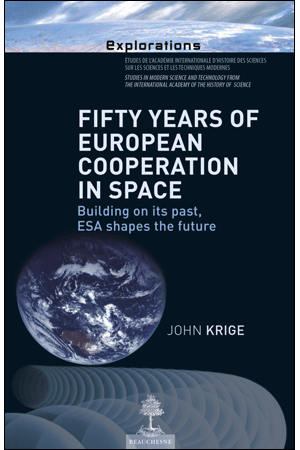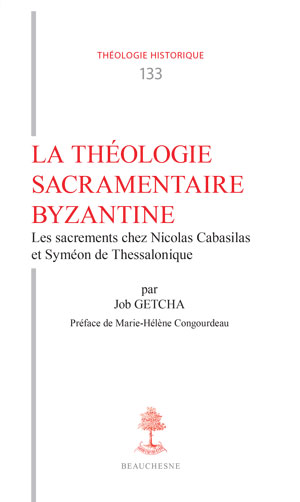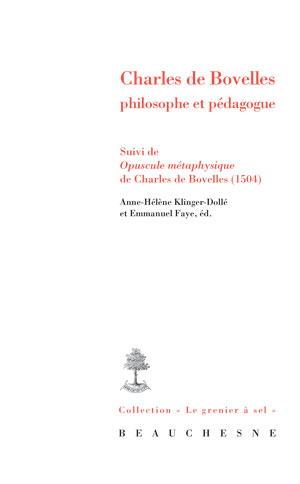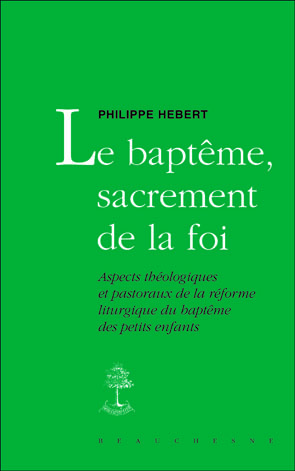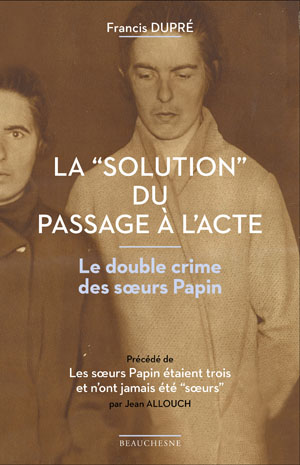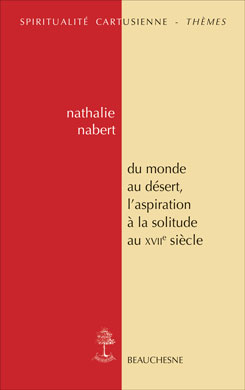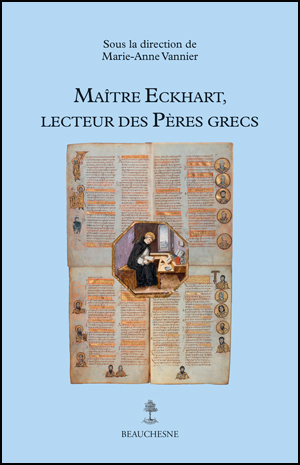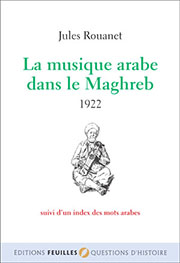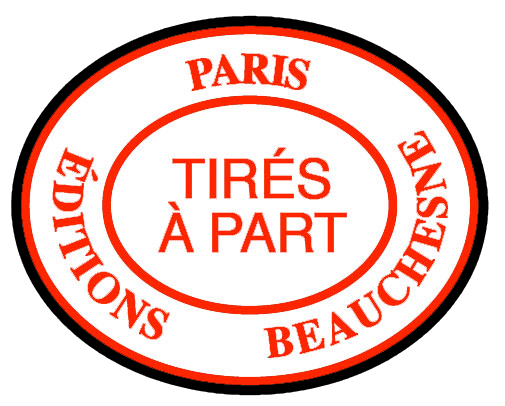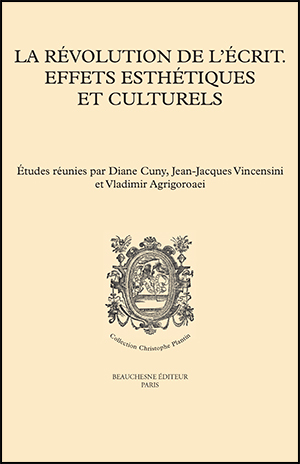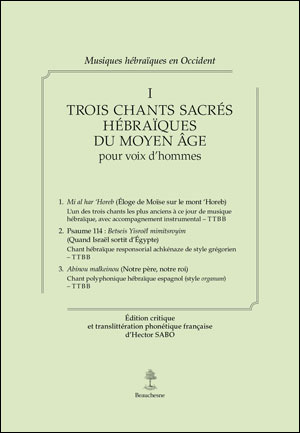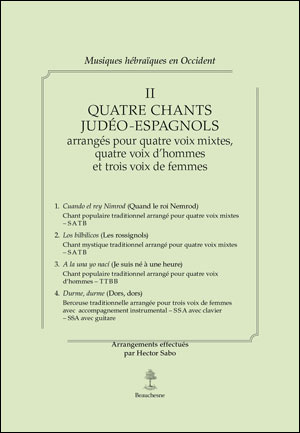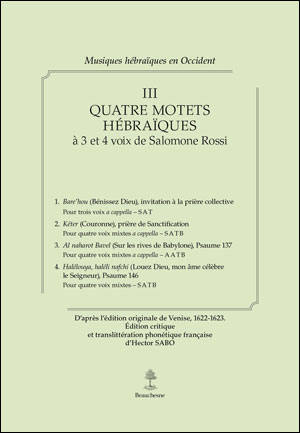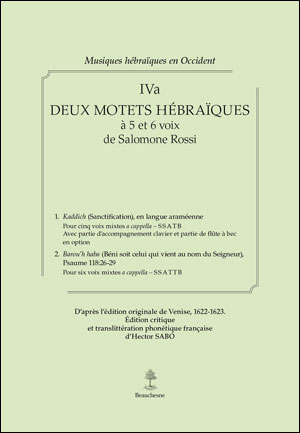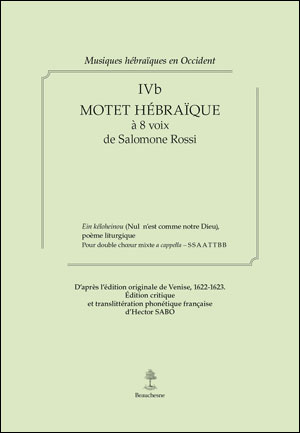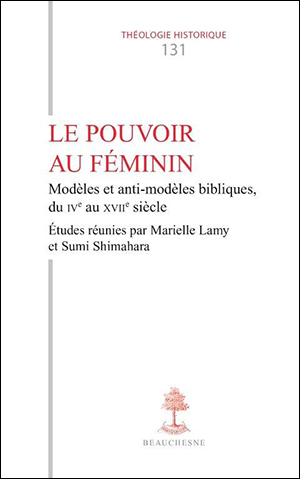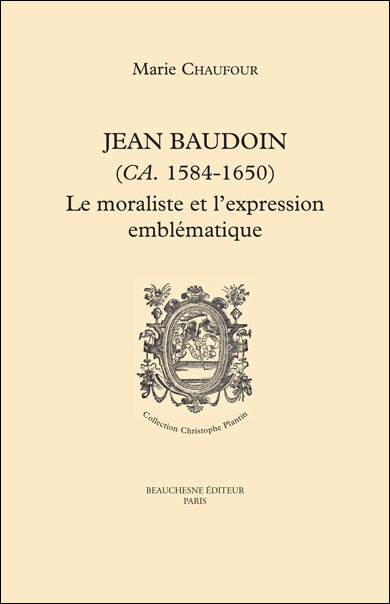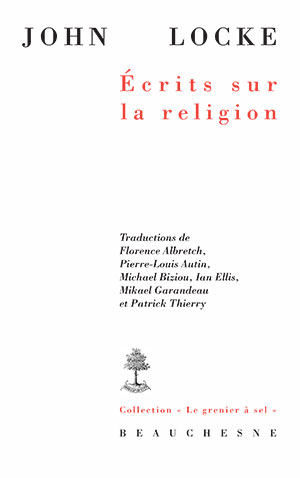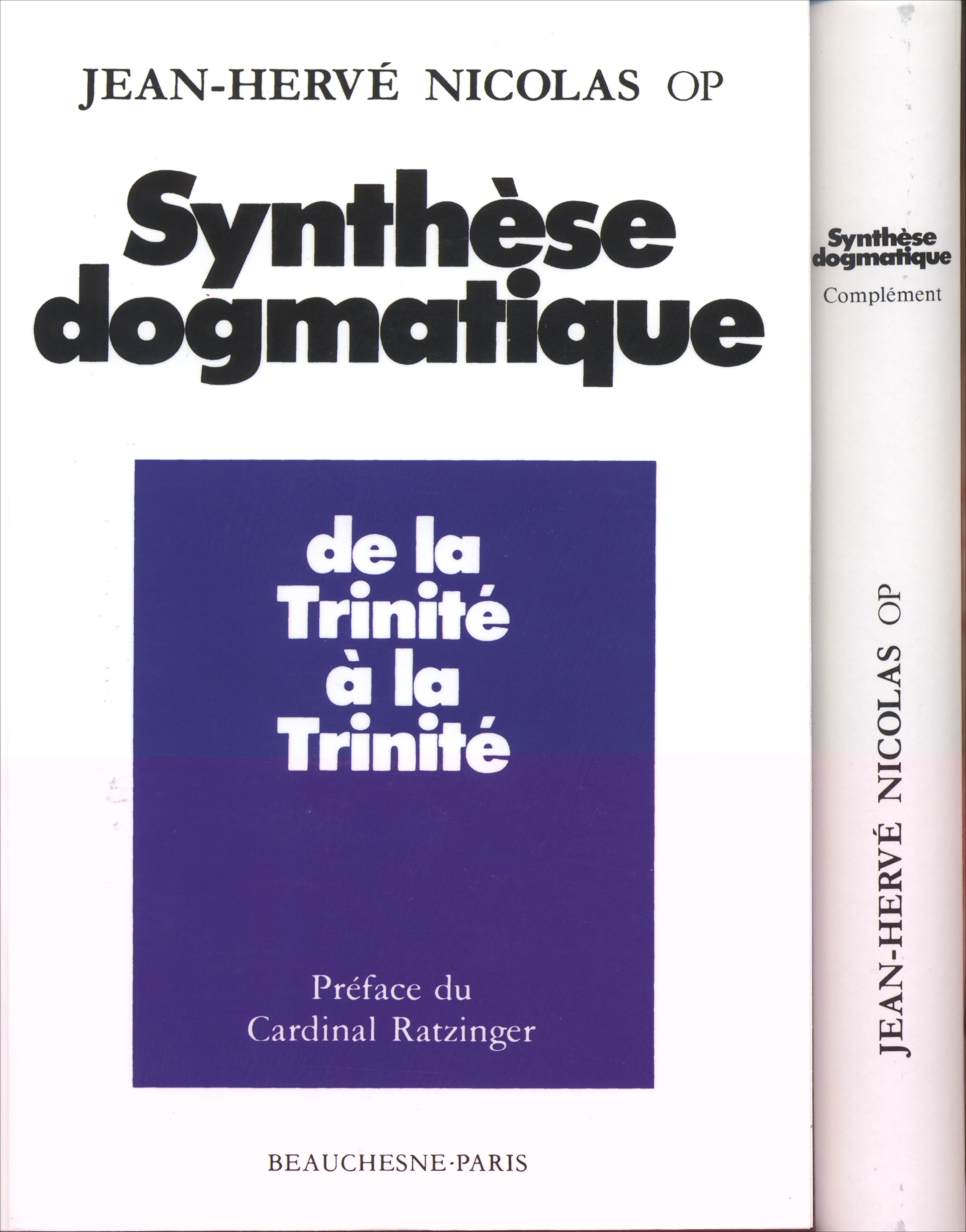0.00 €
FIFTY YEARS OF EUROPEAN COOPERATION IN SPACE Building on its past, ESA shapes the future
Date d'ajout : jeudi 14 août 2014
par Staff Writers
REVUE : SPACE DAYLY Paris (ESA) Jul 31, 2014
A new book by eminent historian John Krige details fifty years of European collaboration in space, from the origins of the space programmes of the early 1960s, to the many activities and rich complexity of ESA today.
The book, Fifty years of European cooperation in space: Building on its past, ESA shapes the future, charts the early moves by pioneering European scientific statesmen and governments to establish not one, but two organisations, ESRO for science and later applications, and ELDO for launchers.
The tight financial constraints on ESRO, the tribulations of ELDO's launcher, and a major tilt towards close technological cooperation with NASA in the early 1970s led to the formation of a single organisation in 1975, the European Space Agency, ESA.
As ESA embarked on developing a new European launcher under French leadership (Ariane), and a human-rated laboratory for scientific experiments to fit in the US Space Shuttle's cargo bay under German leadership (Spacelab), its science programme was put on a secure institutional footing and it launched a number of applications programmes.
The 1980s were marked by the spectacular success of Ariane, the consolidation of a human presence in space through Spacelab and collaboration in the International Space Station, the development of a new framework for rationalising space science and bruising disputes over engaging users to operate application satellites.
The global upheavals of the 1990s, the interest of the private sector in space, and an awareness of the value of space-based systems to civil society and military action on the ground obliged ESA to refashion itself again.
New partnerships were forged. ESA's launcher fleet was expanded to include the Russian Soyuz and the Italian-led Vega. A single European Astronaut Corps was created, and major new programmes for Earth observation (GMES) and satellite navigation (Galileo) were created in cooperation with the European Union.
The history of Europe's presence in space is above all a history of political will, of industrial development, and of the consolidation of extensive scientific, technological and managerial competencies to construct a global space power - one that could compete and collaborate from a position of strength with the US and the USSR/Russia, while adapting to the changing demands of a new geopolitical world order in the 21st century.
A new book by eminent historian John Krige details fifty years of European collaboration in space, from the origins of the space programmes of the early 1960s, to the many activities and rich complexity of ESA today.
The book, Fifty years of European cooperation in space: Building on its past, ESA shapes the future, charts the early moves by pioneering European scientific statesmen and governments to establish not one, but two organisations, ESRO for science and later applications, and ELDO for launchers.
The tight financial constraints on ESRO, the tribulations of ELDO's launcher, and a major tilt towards close technological cooperation with NASA in the early 1970s led to the formation of a single organisation in 1975, the European Space Agency, ESA.
As ESA embarked on developing a new European launcher under French leadership (Ariane), and a human-rated laboratory for scientific experiments to fit in the US Space Shuttle's cargo bay under German leadership (Spacelab), its science programme was put on a secure institutional footing and it launched a number of applications programmes.
The 1980s were marked by the spectacular success of Ariane, the consolidation of a human presence in space through Spacelab and collaboration in the International Space Station, the development of a new framework for rationalising space science and bruising disputes over engaging users to operate application satellites.
The global upheavals of the 1990s, the interest of the private sector in space, and an awareness of the value of space-based systems to civil society and military action on the ground obliged ESA to refashion itself again.
New partnerships were forged. ESA's launcher fleet was expanded to include the Russian Soyuz and the Italian-led Vega. A single European Astronaut Corps was created, and major new programmes for Earth observation (GMES) and satellite navigation (Galileo) were created in cooperation with the European Union.
The history of Europe's presence in space is above all a history of political will, of industrial development, and of the consolidation of extensive scientific, technological and managerial competencies to construct a global space power - one that could compete and collaborate from a position of strength with the US and the USSR/Russia, while adapting to the changing demands of a new geopolitical world order in the 21st century.
Moteur de recherche www.editions-beauchesne.com
Le moteur peut rechercher dans différents champs :
- Un nom d’auteur (AUTEUR)
- Un mot du titre (TITRE)
- Un ISBN
- Un mot du texte de présentation (TEXTE)
- Un mot du sommaire ou de la table des matières (SOMMAIRE).
La recherche dans les champs TEXTE et SOMMAIRE peut être un peu longue.
En cliquant sur un resultat la fiche du livre correspondant s'ouvre dans un nouvel onglet.
Search engine www.editions-beauchesne.com
The engine can search in different fields:
- An author's name (AUTEUR)
- A word from the title (TITRE)
- An ISBN
- A word from the presentation text (TEXTE)
- A word from the summary or the table of contents (SOMMAIRE).
The search in the TEXTE and SOMMAIRE fields may take some time.
Clicking on a result open the book's sheet in a new tab.

